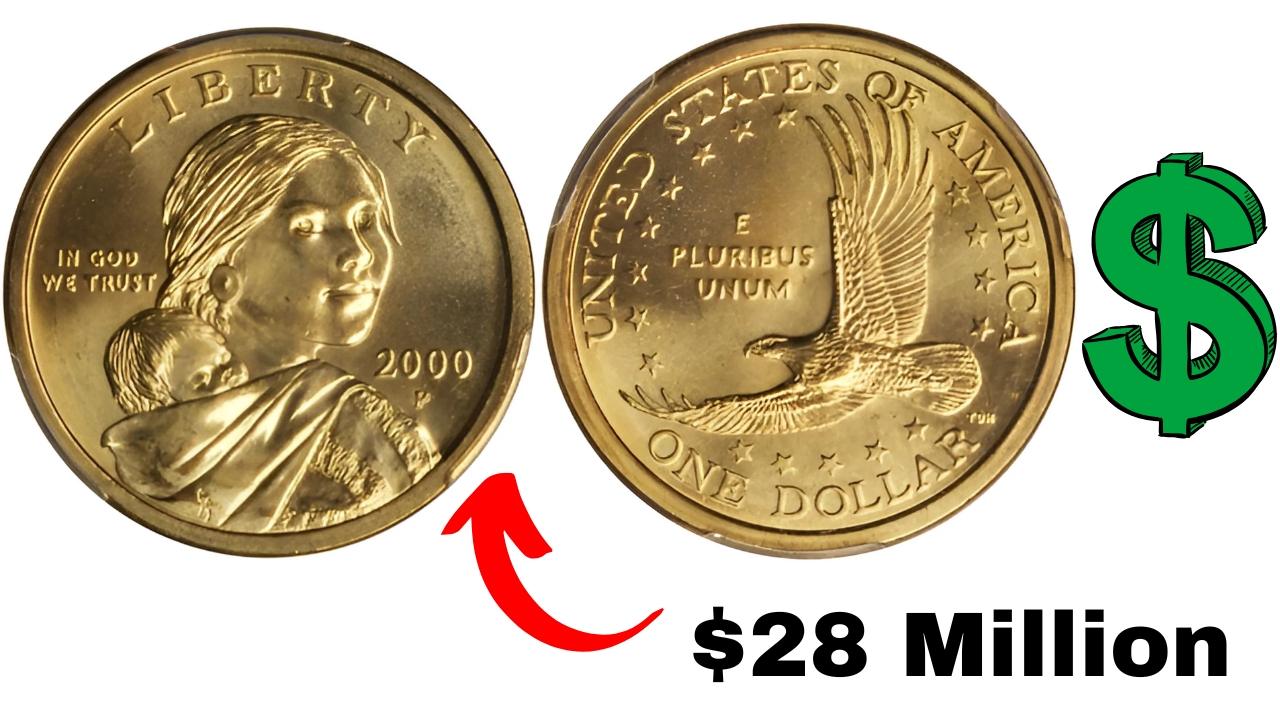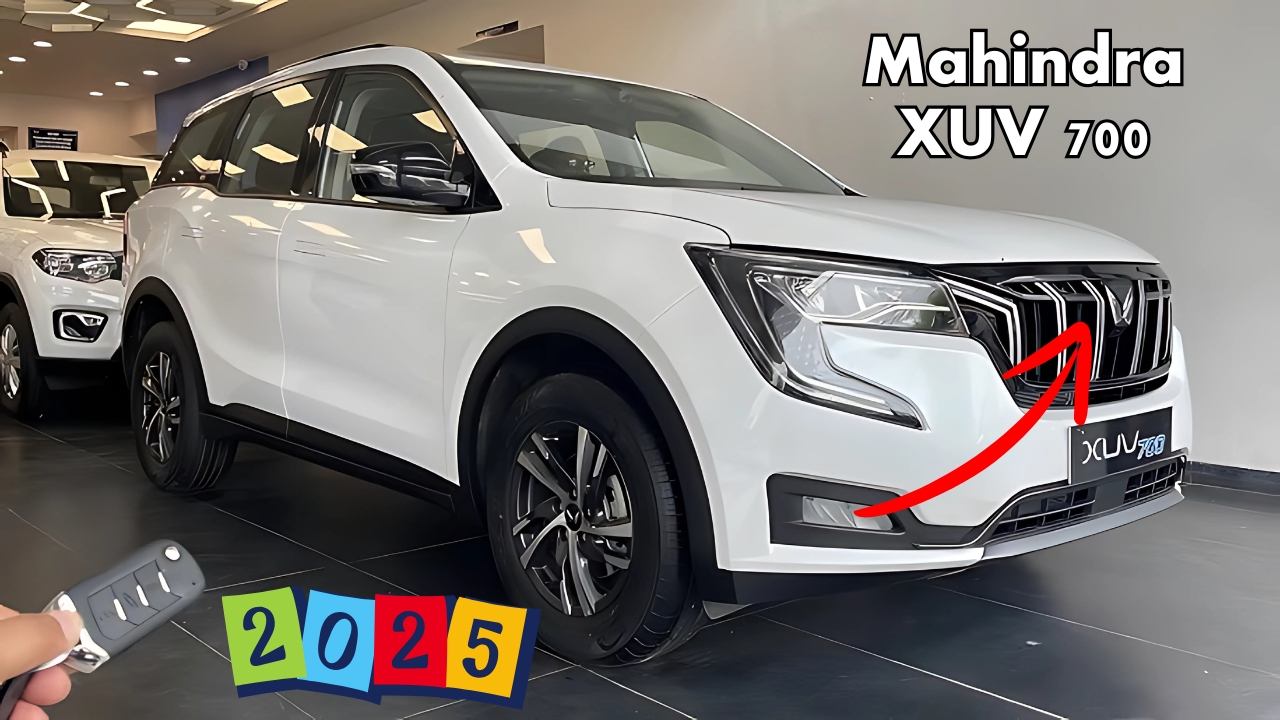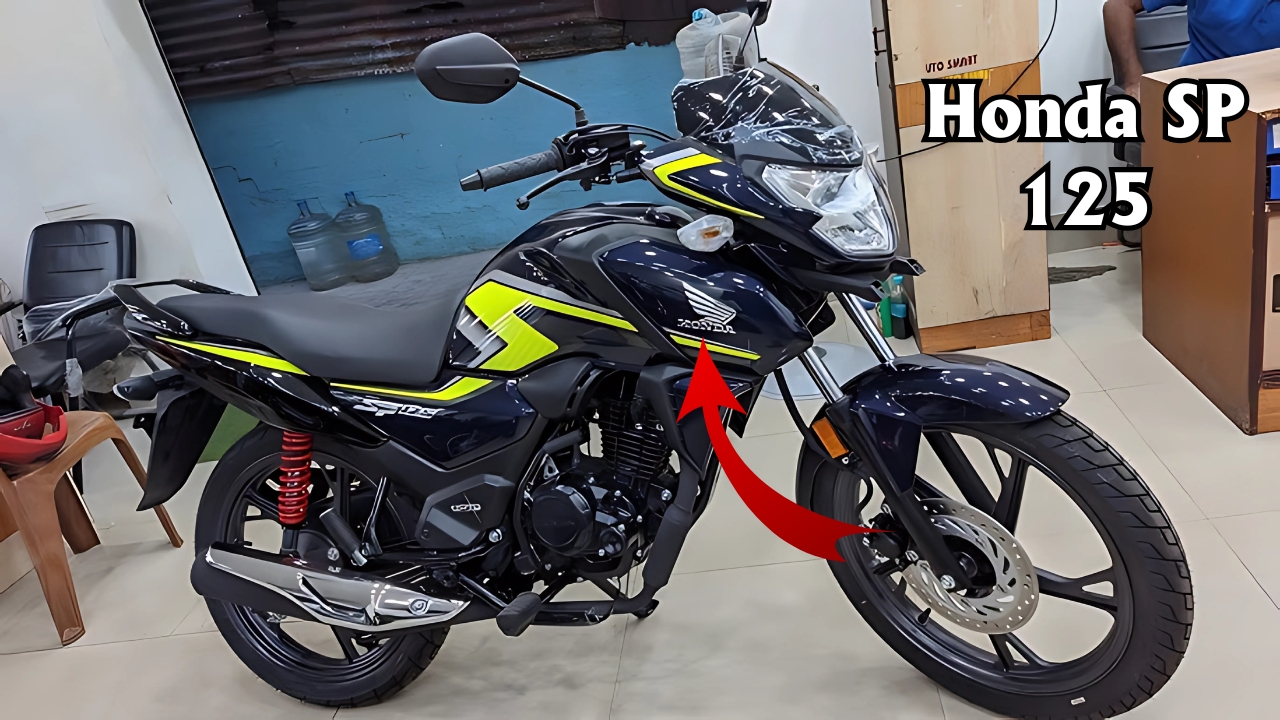Rare coin : That spare change jingling in your pocket could be more than just a few cents—hidden within those coins might be a remarkable treasure waiting to be discovered.
What may seem like ordinary pennies and nickels could actually lead to a life-altering find, turning the simple act of checking your wallet into an exciting treasure hunt.
Among the vast array of coins circulating in America, a select few are worth astronomical amounts. For instance, the most sought-after coins can garner prices that ascent to an astounding $28 million at auction.
In the elite realm of coin collecting, one piece reigns as the ultimate trophy: the 1913 Liberty Head nickel.
With only five known pieces in the world, this coin captures the unique blend of rarity, mystery, and allure that propels collectors to go to great lengths—and into deep spending—to possess it.
“The 1913 Liberty Head nickel is exceptional; it technically shouldn’t exist,” states Marcus Davidson, an experienced numismatist with three decades of experience in American coinage.
“By 1913, the Mint had already moved on to producing Buffalo nickels. Yet, miraculously, five Liberty Head nickels dated that year were struck under obscure and unauthorized conditions. This incident birthed what many scholars deem the most renowned American coin.”
The last time a 1913 Liberty Head nickel was sold publicly was in 2010 when the Olsen specimen fetched a staggering $3.7 million.
Experts now speculate that, in our current market with rising demand from collectors and a shrinking supply of premium coins, a flawless specimen could snatch anywhere from $20 million to $28 million at auction, especially if it comes with provenance linked to notable collectors like Louis Eliasberg or King Farouk of Egypt.
Although coming across one of those five known coins in circulation feels nearly impossible, their existence underscores an essential truth about American coins: incredible value can disguise itself in mundane items, and fresh discoveries can spring from the most unanticipated sources.
Rare coin Pocket Change Treasures Within Reach
While the 1913 Liberty nickel exemplifies the pinnacle of coin collecting goals, many other rare coins can be valuable, making them accessible to everyday transactions or inherited collections.
One particularly interesting find is the 1969-S Lincoln cent with a doubled die obverse.
This coin emerged due to an error when the die used to imprint the coins was misaligned, resulting in visible doubling on both the date and lettering.
With fewer than 100 authenticated examples, these rare pennies at auctions can command prices ranging from $50,000 to $75,000 based on their condition.
“What’s fascinating about the 1969-S doubled die penny is that it circulated normally,” explains Elizabeth Chen, curator of American coinage at a renowned East Coast museum. “People often found them years after they were minted.”
Some fortunate individuals who recognized their importance early on managed to gather multiple examples from bank rolls, transforming a small investment into a significant fortune.
Similarly, the 1972 Lincoln cent has a doubled die variant that can fetch between $500 and $3,000, depending on its condition, still showcasing value for coins occasionally seen in circulation.
Another accessible option includes the 1955 doubled die cent, with around 10,000 to 15,000 examples minted.
These coins typically sell for $1,000 to $3,500 if circulated, while untarnished specimens can command $25,000 or even more.
Quarters also hold potential riches unnoticed in everyday life. The 1932-D and 1932-S Washington quarters, marking the first year of production, exhibited lower mintage.
Finding one in pocket change is still feasible, with values ranging from about $100 for heavily worn coins to $5,000 or higher for those showing less wear.
In recent years, errors involving state quarters have piqued collector interest, such as the 2004-D Wisconsin quarter, featuring an extra “leaf” on the corn stalk, valued at $200 to $500. Certain off-center strikes or coins made from incorrect metal can also reach significant sums depending on the specifics of the error.
Rare coin The Detective Work of Coin Hunting
Finding hidden gems in coins requires a keen eye for details that separate the ordinary from the extraordinary.
Understanding dates and mint mark combinations is vital, as certain years and mints yield inherently scarcer coins due to limited production or historical events.
“A mint mark—a tiny letter indicating where a coin was minted—can make a world of difference,” shares Robert Thompson, who turned his casual interest in coin collecting into a full-time venture after discovering a rare coin variety in a roll of nickels from his local bank.
“For example, a 1950-D Jefferson nickel could be worth $20 or more, whereas the more common 1950 or 1950-S may only be worth face value unless they’re in mint condition.”
Typically located on the obverse (front) or reverse of the coins, these mint marks vary in their position based on the denomination and year.
On modern coins, look for a small letter beneath or near the date—D for Denver, S for San Francisco, while a lack of a mark usually indicates Philadelphia production for most of American history.
Beyond date and mint combinations, error coins—produced with manufacturing flaws—can carry significant value.
Off-center strikes, double strikes, missing design elements, or improper planchets yield unique collectibles that are highly sought after by specialists.
“You don’t need expensive tools to begin spotting potentially valuable coins,” Davidson points out. “A good magnifying glass, proper lighting, and reference guides on essential dates and varieties will suffice for beginners.
While the United States Mint has produced billions of coins, understanding which specific dates, mint marks, and types of errors to seek will significantly refine your search.”
Rare coin Where to Hunt for Numismatic Treasure
The journey to find precious coins can start with the change you already have. Examine each coin closely, especially older ones that may exhibit distinct wear patterns or unusual traits.
Special attention should be directed towards pennies and nickels, which often stay in circulation longer than larger denominations and thus might hide treasures from yesteryear.
Bank rolls provide another excellent opportunity with minimal investment. For around $25, collectors can buy a roll of half-dollars that might contain silver coins from before 1964 or 40% silver pieces from 1965 to 1970.
Searching through rolls of cents may reveal wheat pennies (1909-1958) or even rare Indian Head cents occasionally resurfacing from older collections.
Inherited family collections often house overlooked treasures.
These accumulated collections sometimes feature coins that were saved long ago when specific dates and mint marks were still found in everyday use but have since vanished.
“I’ve looked through numerous family collections that people thought contained only common coins, only to uncover individual pieces worth thousands,” states Chen.
“One particularly memorable find involved a Mason jar of what looked like ordinary pennies. Hidden among them were three 1909-S VDB Lincoln cents valued at around $1,000 each, even in their used condition.”
Estate sales, flea markets, and even antique shops sometimes present remarkable opportunities for vigilant collectors.
Coins mispriced or misidentified according to their face value can lead to significant returns for minimal investments.
Rare coin Preservation and Authentication
Once you discover potentially valuable coins, proper handling is essential. Never clean coins with abrasive materials, chemicals, or even soap and water.
The original surfaces, along with the natural toning and patina developed over time, play a crucial role in authenticity and value.
“The initial reaction upon finding what might be a sought-after coin is often to clean it—this is exactly the wrong instinct,” warns Thompson.
“A harsh cleaning can decimate a rare coin’s value by as much as 50-90% compared to examples with their original surfaces intact.”
For coins that could be worth substantial amounts, seeking professional authentication through organizations like Professional Coin Grading Service (PCGS) or Numismatic Guaranty Corporation (NGC) ensures a verified assessment of authenticity and condition.
These organizations protect coins in tamper-evident holders, assuring buyers of authenticity and making sales easier.
Rare coin The Ongoing Treasure Hunt
The chance to uncover extraordinary value in seemingly ordinary coins keeps numismatics—the study and collection of currency—alive as one of America’s most cherished and approachable hobbies.
While stumbling upon a $28 million nickel is a long shot, finding coins worth hundreds or even thousands of dollars is entirely feasible with knowledge, determination, and careful observation.
“Every collection starts with a single coin that sparks someone’s curiosity,” Davidson reflects. “What makes this pursuit beautiful is that potential treasures constantly flow through daily transactions.
So, the next time you receive change from a purchase, take a moment to scrutinize those coins. You might just uncover something remarkable hidden in plain sight.
Whether you’re motivated by investment prospects, historical curiosity, or simply the thrill of discovery, scrutinizing your pocket change with fresh eyes can turn a routine activity into an exciting adventure with authentic chances for discovery.
That dusty jar full of forgotten coins could either be filled with run-of-the-mill currency or play host to a life-changing find just waiting for someone observant enough to appreciate its true value.






